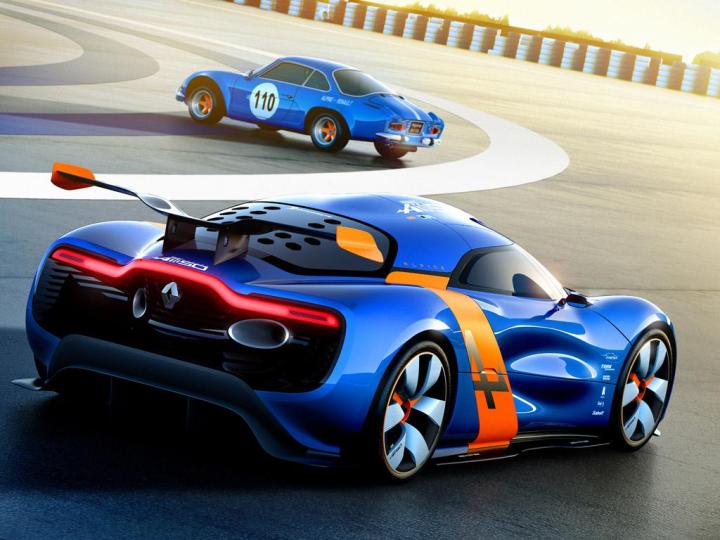
Renault has been diligently searching for a way to bring back its sports car of old, the Alpine. A car with a very nimble chassis and lightweight would be the perfect vehicle, so Renault partnered with an apt suitor, Caterham, in 2012.
The partnership was “creatively” named Societe des Automobiles Alpine Caterham … or “SAAC”. Pardon me while I giggle.
Sadly, SAAC was, well, sacked. According to Autocar, SAAC has indeed fallen apart. Renault informed the French Union of ending the Caterham partnership. The split will take place in the beginning of April.
Both automakers are unwilling to publicly discuss any possibility of their imminent separation. However, no words are needed to confirm that the companies are preparing to mangle SAAC.
If the partnership is not meant to be, and the car is still slated for production in late 2016, then where does that leave Caterham?
It seems that this would be a huge step forward for Renault, a relatively small automotive company. A new Alpine would really boost its reputation for consumer sports cars.
Across the pond, the Seven is still the core business for Caterham, and this little Lotus-based kit car is still selling well. The Seven sales are unlikely to provide much help for the Caterham F1 team, but this company seems to be doing just fine on its own.
The breakup with Renault is a slight bump in the road for Caterham. Hopefully the company will continue to do well, unlike the Caterham AeroSeven concept failure.
This is not the end of Caterham, but rather a sign that this great company should keep moving forward. As for Renault, well, those cheese eating surrender moneys should be just fine for now.


